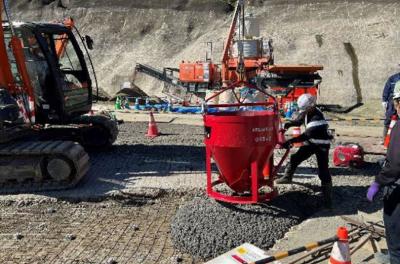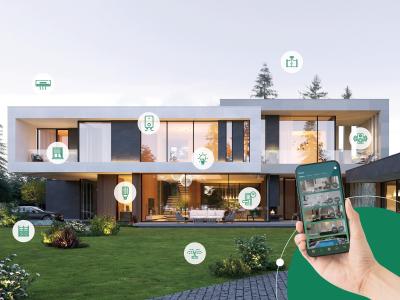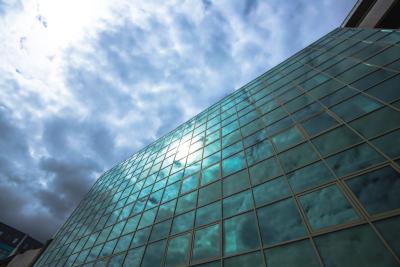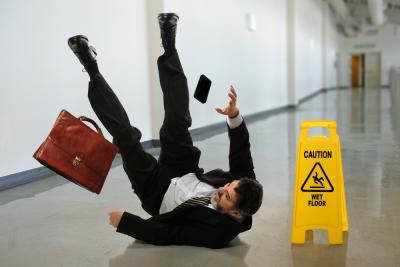
1. Origin and Emergence of Hue Enamelware
According to historical records, in the winter of the Đinh Hợi year (1827), Emperor Minh Mang (1820 – 1841) established the Pháp Lam Tượng Cục—a special agency dedicated to enamelware production. This agency, consisting of 15 artisans, was led by Vu Van Mai, a renowned painter from the Nội Tạo workshop (a department responsible for painting and decoration in the royal court).

Besides the enamelware workshop in Hue, the Nguyen Dynasty also established additional workshops in Ai Tu (Quang Tri) and Dong Hoi (Quang Binh) to produce enamelware for decorating royal palaces, mausoleums, and ritual objects. This marks 1827 as the official birth year of Hue enamelware in Vietnam.

2. Influence and Techniques of Hue Enamelware
Researchers suggest that the enamelware techniques of the Nguyen Dynasty were directly influenced by Guangdong, China. However, China was not the only country producing enamelware; nations such as England, France, the Netherlands, Germany, Italy, and Japan also developed enamel arts under different names.
According to the Hue Royal Antiquities Museum, Hue enamelware is classified into four types based on manufacturing and glazing techniques:

Guangdong was a famous enamelware center in ancient China, and its painted enamelware was introduced to Vietnam via Chinese merchant ships.
3. The Meaning Behind the Name "Pháp Lam"
The name Pháp lam in Vietnam has been a topic of much discussion among scholars. Around the world, enamelware is known by different names:
Many theories suggest that the Nguyen court changed the term from pháp lang to pháp lam to avoid overlapping with names in the royal family. Some believe that the Hue dialect does not differentiate between lang and lam, leading to the change. Another theory suggests that it was to avoid using the name of Lord Nguyen Phuc Lan or Empress Tong Thi Lan (wife of Emperor Gia Long).
Another explanation is that "pháp" means rules or laws, while "lam" refers to the blue enamel color, implying that pháp lam refers to enamel-coated metal objects crafted under strict artistic principles.
4. The Rise and Decline of Hue Enamelware
The craft of Hue enamelware lasted only about 60 years (1827 – 1888), whereas Chinese falang craftsmanship thrived for over 700 years. As a result, in terms of shaping, glazing, color mixing, decoration, and firing techniques, Hue enamelware was inferior to its Chinese counterpart.

Hue enamelware was not widely used among commoners but was primarily reserved for the Nguyen royal court. After 1945, the number of remaining Hue enamel artifacts became scarce, and the craftsmanship was lost. Despite various restoration efforts, traditional Hue enamelware has yet to be fully revived.
5. Unique Characteristics of Hue Enamelware
Hue enamelware flourished under the reigns of Minh Mang, Thieu Tri, and Tu Duc, when the Nguyen Dynasty was at its peak. Hue artisans developed distinct color-coordination techniques that helped enamelware withstand the harsh climate of Central Vietnam.

Hue enamelware was used to decorate the exteriors of imperial buildings and temples, including:
Common decorative motifs included dragons, phoenixes, flowers, and poetry, with traditional colors such as purple, red, blue, and yellow. Besides royal architecture, Hue enamelware was also used for household items, ritual objects, and souvenirs, such as bowls, plates, incense burners, and vases.

Artifacts preserved at the Hue Royal Antiquities Museum indicate that Nguyen Dynasty enamelware had a unique identity, distinct from Ming and Qing Dynasty enamelware of China. This distinction highlights the exceptional skills of Vietnamese artisans and affirms Hue enamelware's historical and artistic value.

The News 20/09/2025
The construction industry is currently facing immense pressure to reduce carbon emissions, as concrete is not only one of the most widely used materials but also a major source of CO₂ due to its reliance on Portland cement. In response, Shimizu Corporation has conducted extensive research to develop sustainable material solutions aimed at achieving carbon neutrality. One of the most remarkable outcomes is carbon-negative concrete, which partially replaces cement and aggregates with biochar. This biochar is produced from sawdust through a carbonization process and has the unique ability to retain a significant amount of carbon that would otherwise be released into the atmosphere through natural decomposition or combustion. Thanks to this property, carbon-negative concrete not only maintains the necessary mechanical strength for construction but also directly contributes to reducing greenhouse gas emissions. This innovation is considered a promising step that opens new directions for the advancement of green construction in Japan and worldwide.

The News 13/09/2025
In the context of rapid urban development, the risk of fire in high-rise buildings, shopping malls, hospitals, and smart homes remains a serious threat. Traditional fire protection solutions are predominantly passive, focusing only on preventing flames from spreading and lacking sufficient early-warning capabilities. This limitation often results in delayed responses to fire incidents, leading to severe losses in both human life and property. Addressing this challenge, smart walls with integrated fire sensors have emerged as a breakthrough innovation, offering a proactive approach to building safety. Unlike conventional fire-resistant walls, these advanced walls not only provide thermal insulation and fire resistance but also integrate temperature, smoke, and pressure sensors combined with IoT technologies to continuously monitor environmental conditions. At the first signs of fire, the system can instantly detect anomalies, send alerts to a central control unit or mobile devices, and activate additional safety mechanisms such as water mist suppression or smoke extraction fans. By transforming passive barriers into “intelligent fire guardians,” this technology enhances building protection, increases the chances of timely evacuation, and minimizes potential damages. With its ability to turn ordinary walls into active safety components, smart fire-sensing walls represent a proactive solution that contributes significantly to the development of modern, sustainable, and resilient buildings.

The News 27/08/2025
In mass concrete construction, the heat of hydration has always been a “hidden variable” that troubles many engineers and contractors. When cement reacts with water, an enormous amount of heat is generated and trapped inside the massive concrete body. Without proper control, excessive temperatures and the temperature gradient between the core and the surface can cause dangerous thermal cracks, threatening both the durability and safety of the structure. This challenge is not just theoretical—it has been marked in history with a classic lesson: the Hoover Dam (USA), one of the greatest concrete megastructures of the 20th century. Containing millions of cubic meters of concrete, the dam would have taken hundreds of years to cool naturally. Engineers had to devise unprecedented solutions: segmenting the mass, actively cooling it through a network of circulating cold-water pipes, and applying a combination of innovative measures to bring the concrete temperature down to safe levels.

The News 22/08/2025
Have you ever wondered why modern buildings with large glass facades remain cool in the summer yet warm in the winter? The secret lies in Low-E (Low-Emissivity) glass technology. In contemporary construction, glass is no longer just a material for natural lighting but also an essential solution for enhancing a building’s energy efficiency. Low-E glass is coated with an ultra-thin, nearly invisible layer of metal oxide that works “intelligently” to control heat radiation. It allows natural daylight to enter while blocking most infrared and ultraviolet rays that cause heat buildup and potential health risks. Thanks to these properties, this advanced glass not only creates a more comfortable living environment but also significantly reduces heating and cooling costs, while contributing to sustainability and environmental friendliness in modern architecture.

The News 15/08/2025
In the world of natural stone, quartz and quartzite are two names that are often confused—not only because their names sound similar, but also because their appearance shares many similarities. However, they are entirely different materials in terms of origin, structure, and performance characteristics. Quartz is typically an engineered stone, created by combining crushed quartz crystals with resin and additives, while quartzite is a natural stone formed through the metamorphism of quartz-rich sandstone. This difference not only impacts the value of the material but also determines its durability, heat resistance, and suitability for various applications. Understanding how to distinguish between quartz and quartzite will help you choose the right stone for your needs, avoid mistakes, and make the most of your investment.

The News 07/08/2025
In areas with high slip risk—such as bathrooms, swimming pools, public lobbies, or sloped surfaces—selecting tiles with adequate slip resistance is essential. To accurately assess this property, there are currently four widely used testing methods, each aligned with different international standards and suited to specific applications. This article will help you understand each method, how to interpret the results, and how to apply them effectively in real-world scenarios.